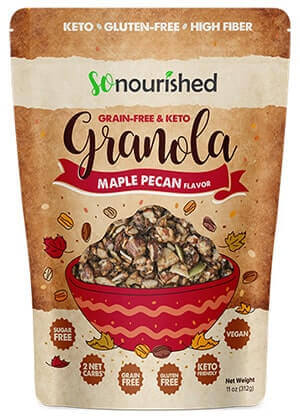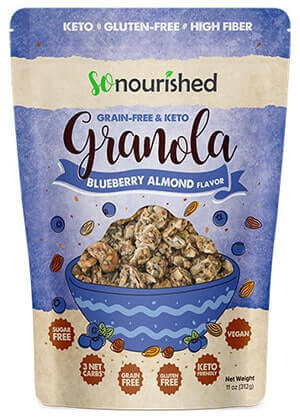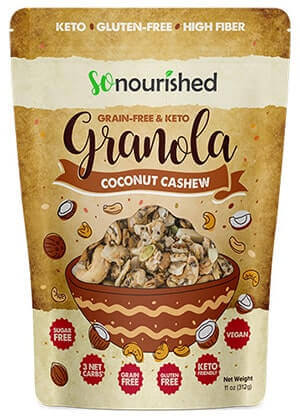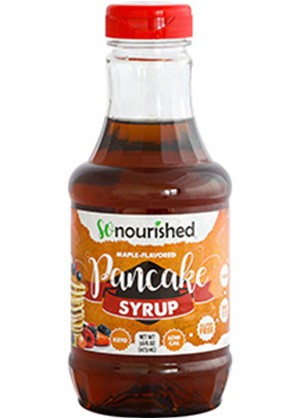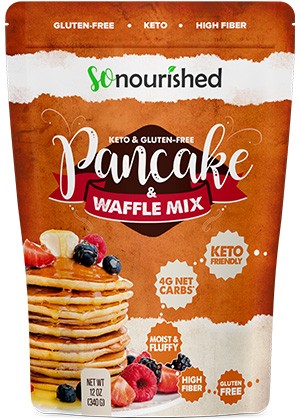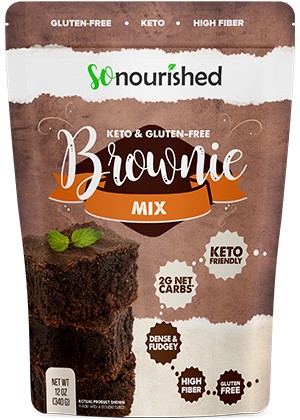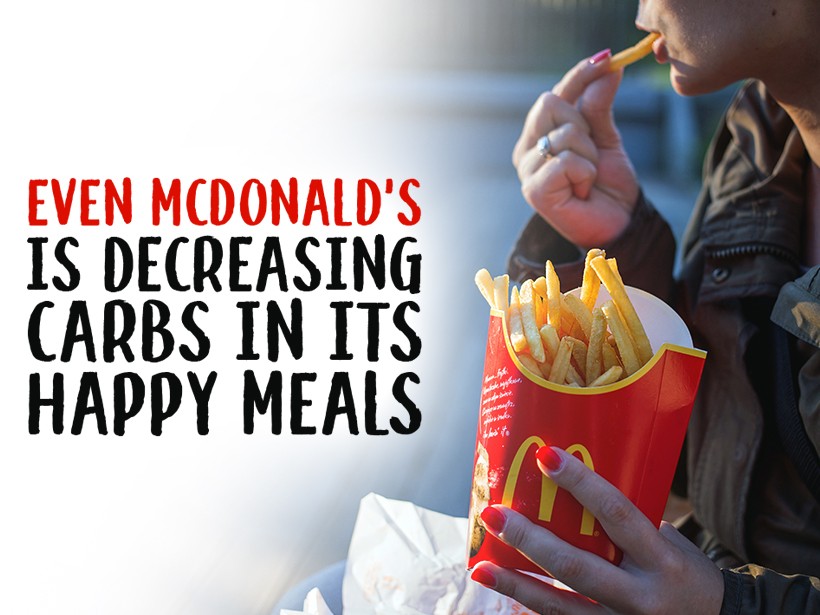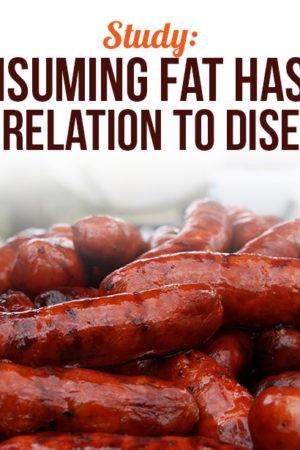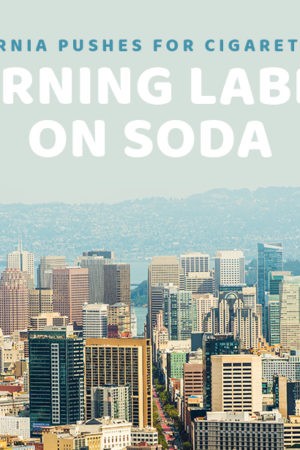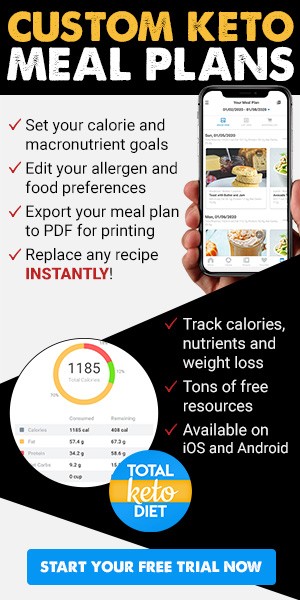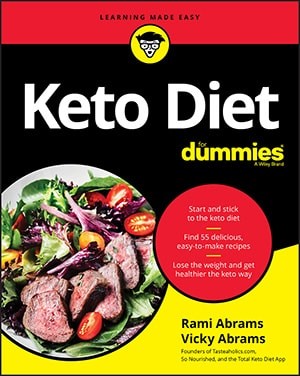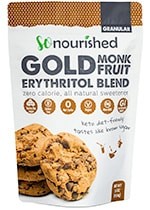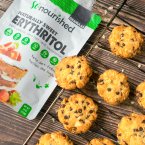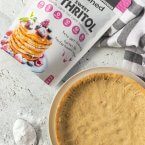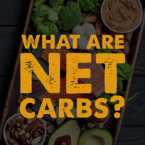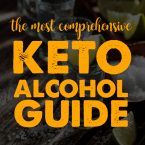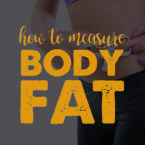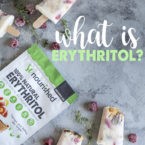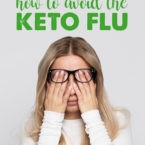The contents of the McDonald’s Happy Meal are changing once again, spurred by increasing consumer concern about childhood obesity and healthy, affordable options for kids on the go. In addition to a reduction in calories, the company has made commitments to reduce sugar as part of its efforts to make options healthier for kids.
Back in 2011, the fast-food chain began implementing changes to overhaul the Happy Meal in order to offer healthier choices to unload parental guilt and address the obesity epidemic. But will the Happy Meal ever really be the ideal fuel for happy, healthy bodies?
A History of Happy Meal Changes
The 2011 initiative to make the Happy Meal healthier started with an announcement of McDonald’s “Commitments to Offer Improved Nutrition Choices”.1 In addition to a menu-wide promise to reduce calories, fat, and sugars by the year 2020, the initiative also included a proposal to increase the nutritional value of the Happy Meal.
From September 2011 onward, starting in 14,000 restaurants across the US, the Happy Meal automatically included produce, a smaller french fry serving, and a new low-fat chocolate milk beverage option. In 2013, the fast food giant began removing the soft drink option from Happy Meals on the menu board, though the option still remained if customers asked for a soda instead of milk or juice. And in 2017, McDonald’s swapped the apple juice previously offered with a lower sugar apple juice produced by Honest Kids.
The New Happy Meal
The 2018 plan to overhaul the Happy Meal is one more step toward honoring the initiative originally announced in 2011. By June of 2018, all Happy Meal options will not exceed 600 calories total, with less than 10% of calories from saturated fat, 650mg of sodium, and less than 10% of calories from added sugar.2
How will they do it? The most noticeable change will be the removal of the cheeseburger as an option – now only available by request. Removing that slice of cheese shaves off 50 calories and 200mg of sodium from the burger option right away. The serving size for french fries will also undergo another cut, while the company will continue to promote produce options like Cutie’s clementines, apple slices, and baby carrots.
Is it Really Healthy?
While efforts to improve nutritional offerings for kids and reduce sugar in the Happy Meal is commendable, it’s got to be asked – is it really healthier? Take the switch to low-fat chocolate milk back in 2011, for example. While the option reduced the amount of fat in the beverage option, the low-fat chocolate milk still contains a whopping 20 grams of sugar. A reduction in serving size for the Happy Meal’s french fry side is sure to reduce the carbohydrate amount in the meal as a whole, but when replaced with options that still contain sugar, like apples, oranges, and carrots, it doesn’t make much sense when we consider sugar intake is one of the leading causes of childhood obesity. For adolescents and teens, adopting a sugar-free, keto lifestyle is far more impactful on health and weight loss.
A step in the right direction? Absolutely – but McDonald’s may still have quite a way to go in order to combat the amount of sugar and simple carbohydrates in the Happy Meal.
NUTRITIONAL DISCLAIMER
The content on this website should not be taken as medical advice and you should ALWAYS consult with your doctor before starting any diet or exercise program. We provide nutritional data for our recipes as a courtesy to our readers. We use Total Keto Diet app software to calculate the nutrition and we remove fiber and sugar alcohols, like erythritol, from the total carbohydrate count to get to the net carb count, as they do not affect your blood glucose levels. You should independently calculate nutritional information on your own and not rely on our data. The website or content herein is not intended to cure, prevent, diagnose or treat any disease. This website shall not be liable for adverse reactions or any other outcome resulting from the use of recipes or recommendations on the Website or actions you take as a result. Any action you take is strictly at your own risk.
- New Keto-Friendly Coffee Drink - September 25, 2018
- Where Experts Agree: Cutting Through the Confusion - September 13, 2018
- Visualizing Weight Loss: New App Lets You See the Future You - September 11, 2018


